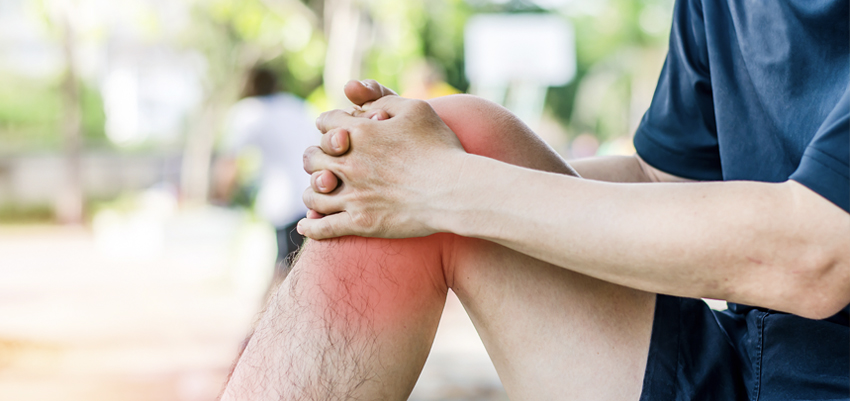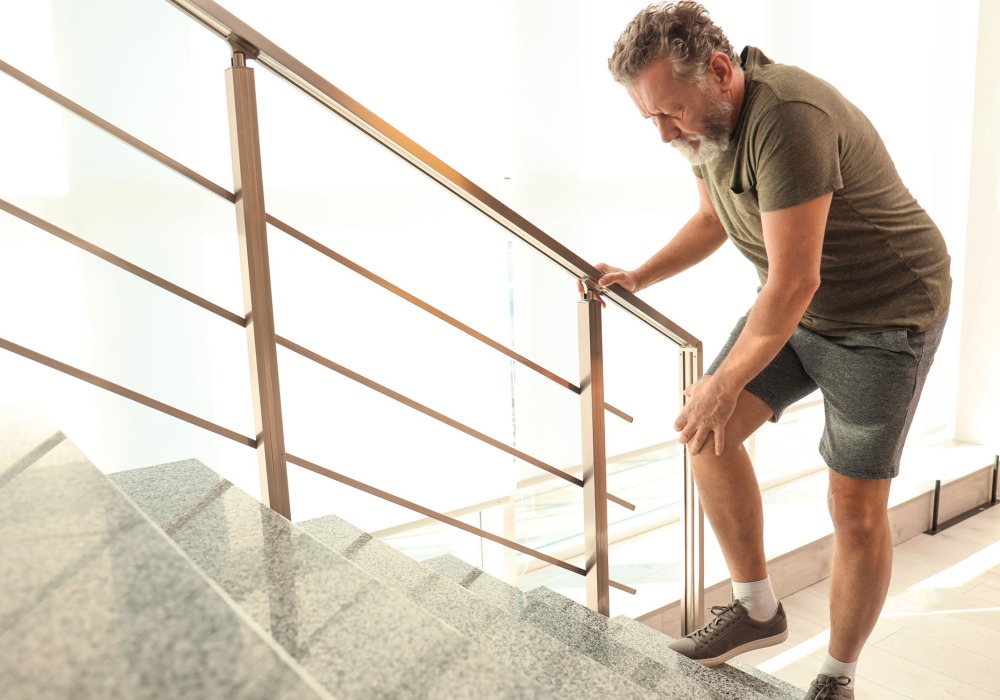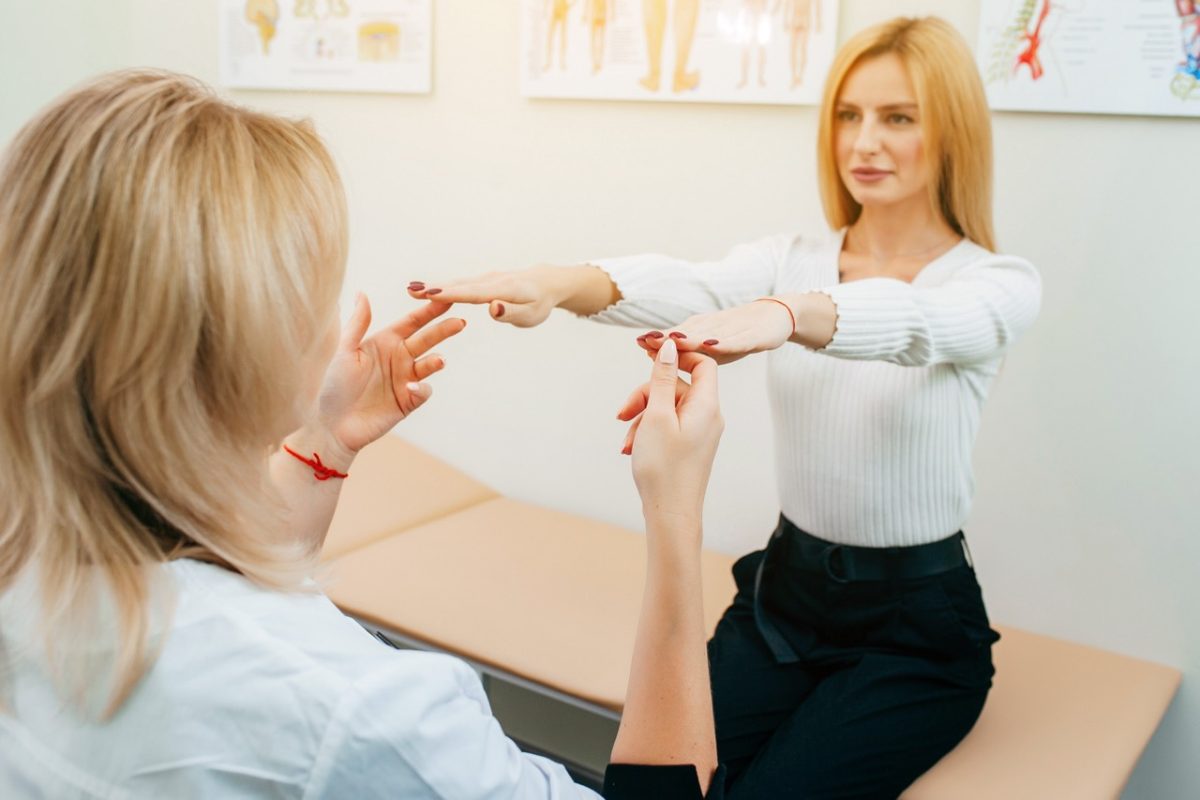When it comes to making a diagnosis of arthritis, that is best left up to the physician or specialty physician. It is important to separate arthritis from other medical conditions that may look somewhat like arthritis, including things such as immune disorders and fibromyalgia. Your doctor will be able to explain the variety of differences between medical illnesses, hopefully honing in on your exact diagnosis.
First, arthritis is inflammation in the joint. This leads to stiffness, soreness, swelling, restriction of range of motion of the joint, and pain. With enough inflammation, the cushion, or “cartilage” ( the rubbery material in the joint that acts like a shock absorber) breaks down. The most common type is the wear and tear arthritis, osteoarthritis. There are other types, including rheumatoid (immune system attacking the joint lining), gout (high uric acid), disease-based (Lupus or Psoriasis), but they all lead to damage of the joint. Treatment is determined by the type of arthritis that is causing the damage.
How is your Arthritis diagnosed?
Medical History
As with any other medical condition, diagnosis always starts with a medical history. When did the arthritis begin, which activities make it worse, is there any history of injury or trauma, and of course, are there other complicating medical issues such as obesity, diabetes, or a sedentary lifestyle. Also, getting a complete family history will be important. If other family members have a certain type of arthritis condition, you may be more susceptible to environmental factors that can trigger or aggravate your arthritis.
Clinical Exam
The clinical exam will consist of checking all of the joints for inflammation, swelling, redness, warmth, and even restriction of range of motion. Manual dexterity testing, strength testing, and coordination and balance testing will all be checked.
Laboratory Testing
Laboratory testing is a common way to check for a variety of arthritic conditions as well as other medical problems that can affect the muscles and joints. If there is a swollen joint, aspiration (drawing fluid from the joint in a sterile fashion) will be done to send a sample of the joint fluid to the laboratory.
Imaging Tests
Imaging tests may include x-rays to assess the bones, cartilage loss, and bone spurs. CAT scans look at the joints and the surrounding soft tissue around the joint. MRI scans are very good at looking at the soft tissue including the cartilage, tendons, and ligaments. This is often the study of choice to determine how severe the arthritis is. Ultrasound testing is often done to look at the fluid-filled structure called the bursa and is very effective in guiding needle placement to aspirate the joint as well as inject the joint with medication.
How do I best treat my Arthritis?
There are multiple treatments, and the correct one is the one that works best for you.
Over-the-counter medications
Anti-inflammatories, analgesics, topical ointments may provide some temporary relief to affected joints.
Nonsteroidal anti-inflammatory’s (NSAID’s) reduce pain and inflammation, such as Advil, Aleve, Motrin, and many prescription strengths of these medications. Side effects may include stroke, heart attack, and bleeding from the stomach.
Disease-modifying agents
Disease-modifying agents are often used to treat rheumatoid and immune-based arthritis. These are almost exclusively prescribed by rheumatology physicians. Biologic response modifiers are drugs that often work with disease-modifying agents to target certain proteins that are involved in the immune response.
Heat and cold treatment
Either individually or being alternated, heat and cold treatment may provide relief of sore joints. Experiment with what works best for you.
Corticosteroids
Corticosteroids such as prednisone and cortisone; these are used to reduce inflammation and suppress the immune system.
Physical therapy
This is often very important to improve joint function, range of motion, flexibility, and reduce pain. Splinting and bracing for joints that have become damaged may be necessary. If the joints become too damaged or too painful, surgery may be an option. This may include joint repair, joint replacement, or even joint fusion.
Are there natural alternative options for treatment?
Diet changes may make a world of difference. One of my books, “The Anti-Arthritis Diet; 28 days to a healthier you”, is filled with helpful ideas regarding reducing saturated fats and sugars, as well as red meats. Reducing alcohol can be very effective as well.
In the book, “The Arthritis Solution”, I outline multiple alternative treatment options. Here are just a few:
Acupuncture: this uses time-tested Eastern medication techniques to reduce pain information.
Glucosamine: this has been studied extensively with mixed results, but in a JAMA medical journal dated March 15, 2000, it was shown that 100% of people who took this at 1500 mg per day did better than placebo. It did take 90 days to start to work.
Yoga, Tai Chi, Pilates: all of these activities stretch and strengthen and lengthen the muscles.
Natural Cures: Bromelain, Turmeric, Papain, Devil’s Claw, Boswellia Extract, ginger, Rutin, Citrus Bioflavonoids, and Mojave Yucca (root) are just a few!!!
Dietary Changes: avoiding refined carbohydrates, processed foods, blackened/ BBQ foods, nightshade vegetables, and especially SUGAR.
Exercise: This is the fountain of youth, and whether it is chair aerobics, water walking, or stretching and flexibility, the expression “Use it or lose it!” rings true.
Complementary therapeutic practices may be of great benefit when treating the symptoms of arthritis. Chiropractic therapy, massage therapy, Aqua massage, Aqua therapy, acupuncture and acupressure may all have a positive role in providing you with relief.
Whatever works, whether one of the techniques listed above or a combination of these, taking an active role in improving your health is always a positive thing!
For more information or a clinical evaluation of your joint pain, contact the Neurology Office, Joseph Kandel, M.D. and Associates, contact our team of medical professionals to find out what you can do to start on a healthier journey!
Feel free to share this with the people in your life who may benefit from this information! For more insights on neurology, check out our weekly tips on our Neurology Office Facebook page.
“To Cure Sometimes, To Heal Often, To Comfort Always”
Neurology Office, Joseph Kandel M.D. and Associates
“Concierge medicine without the concierge price”













